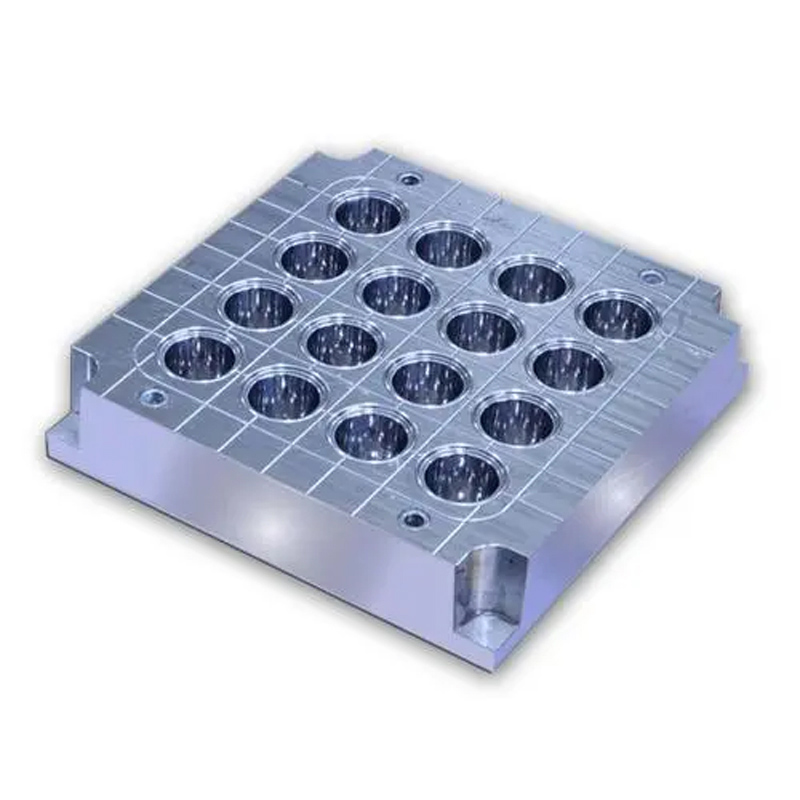Silicon rubber tooling is a crucial aspect of the manufacturing industry, providing high-quality molds for various products. The technique involves creating precise molds using silicone rubber, which can be used to produce a wide range of items, including medical devices, automotive parts, and consumer goods. In this article, we will delve into the technique of silicone rubber tooling and explore the cost factors associated with it, including wholesale cheap options, OEM services, China wholesale, and exporters.
The Technique of Silicon Rubber Tooling
The process of creating silicone rubber tooling begins with designing the mold. This involves creating a digital model of the desired product, which is then translated into a physical mold using computer-aided design (CAD) software. Once the design is finalized, the mold is created using specialized equipment and materials.
The first step in creating the mold is to prepare the surface on which it will be built. This typically involves cleaning the surface thoroughly and applying a release agent to prevent the mold from sticking to the substrate. Next, a base layer of silicone rubber is applied to the surface, followed by additional layers to build up the desired thickness.
After the mold has been built up, it is cured using heat or ultraviolet light. Once cured, the mold can be used to create multiple copies of the desired product. To ensure that the mold produces high-quality results, it is essential to use high-quality silicone rubber and follow proper curing procedures.
Cost Factors in Silicon Rubber Tooling
The cost of silicone rubber tooling can vary depending on several factors, including the complexity of the design, the size of the mold, and the quality of the materials used. Here are some key cost factors to consider:
1. Wholesale Cheap Options: One way to reduce the cost of silicone rubber tooling is to opt for wholesale cheap options. Many manufacturers offer bulk discounts on their products, making it more affordable to purchase large quantities of molds at once. However, it is essential to ensure that the quality of the molds is not compromised by opting for cheaper options.
2. OEM Services: Another cost-effective option is to use OEM (original equipment manufacturer) services. OEM services allow you to work directly with a manufacturer to create custom molds at a lower cost than if you were to work with a third-party supplier. This can be especially beneficial if you have specific requirements for your molds that are not readily available through standard suppliers.
3. China Wholesale: China is known for its competitive pricing on silicone rubber tooling, making it an attractive option for businesses looking to save money on their tooling costs. However, it is important to ensure that you are working with a reputable supplier who can provide high-quality products at a fair price.
4. Exporters: If you are located outside of China and need to purchase silicone rubber tooling from Chinese suppliers, it is essential to work with reliable exporters who can handle all aspects of the shipping process, including customs clearance and logistics. While this may add an additional cost to your overall tooling budget, it can help ensure that your orders arrive on time and in good condition.

In conclusion, silicone rubber tooling is a vital component of many manufacturing processes, providing high-quality molds for a wide range of products. By understanding the technique involved in creating these molds and considering the various cost factors, businesses can make informed decisions when selecting silicone rubber tooling for their operations. Whether you opt for wholesale cheap options, OEM services, China wholesale, or exporters, it is essential to prioritize quality and reliability to ensure that your tooling investment pays off in the long run.